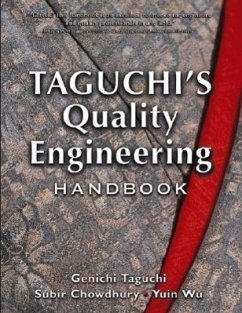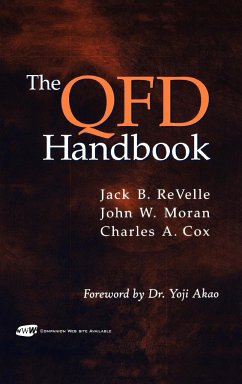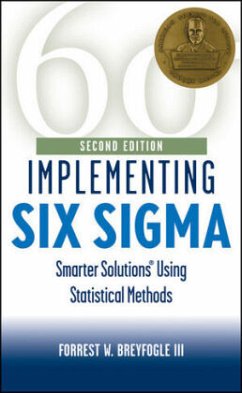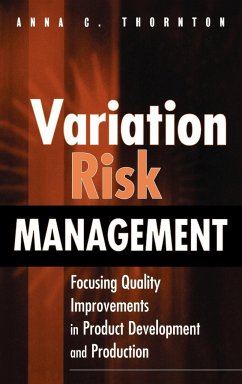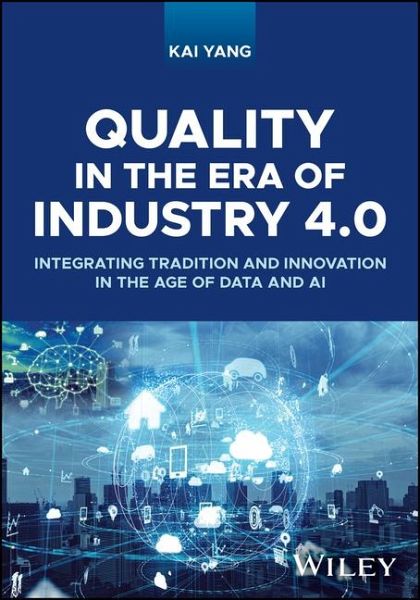
Quality in the Era of Industry 4.0
Integrating Tradition and Innovation in the Age of Data and AI
Versandkostenfrei!
Versandfertig in über 4 Wochen
86,99 €
inkl. MwSt.
Weitere Ausgaben:

PAYBACK Punkte
43 °P sammeln!
Enables readers to use real-world data from connected devices to improve product performance, detect design vulnerabilities, and design better solutions Quality in the Era of Industry 4.0 provides an insightful guide to harnessing user performance and behavior data through AI and other Industry 4.0 technologies. This transformative approach enables companies to not only optimize products and services in real-time, but also to anticipate and mitigate likely failures proactively. In a succinct and lucid style, the book presents a pioneering framework for a new paradigm of quality management in t...
Enables readers to use real-world data from connected devices to improve product performance, detect design vulnerabilities, and design better solutions Quality in the Era of Industry 4.0 provides an insightful guide to harnessing user performance and behavior data through AI and other Industry 4.0 technologies. This transformative approach enables companies to not only optimize products and services in real-time, but also to anticipate and mitigate likely failures proactively. In a succinct and lucid style, the book presents a pioneering framework for a new paradigm of quality management in the Industry 4.0 landscape. It introduces groundbreaking techniques such as utilizing real-world data to tailor products for superior fit and performance, leveraging connectivity to adapt products to evolving needs and use-cases, and employing cutting-edge manufacturing methods to create bespoke, cost-effective solutions with greater efficiency. Case examples featuring applications from the automotive, mobile device, home appliance, and healthcare industries are used to illustrate how these new quality approaches can be used to benchmark the product's performance and durability, maintain smart manufacturing, and detect design vulnerabilities. Written by a seasoned expert with experience teaching quality management in both corporate and academic settings, Quality in the Era of Industry 4.0 covers topics such as: * Evolution of quality through industrial revolutions, from ancient times to the first and second industrial revolutions * Quality by customer value creation, explaining differences in producers, stakeholders, and customers in the new digital age, along with new realities brought by Industry 4.0 * Data quality dimensions and strategy, data governance, and new talents and skill sets for quality professionals in Industry 4.0 * Automated product lifecycle management, predictive quality control, and defect prevention using technologies like smart factories, IoT, and sensors Quality in the Era of Industry 4.0 is a highly valuable resource for product engineers, quality managers, quality engineers, quality consultants, industrial engineers, and systems engineers who wish to make a participatory approach towards data-driven design, economical mass-customization, and late differentiation.




